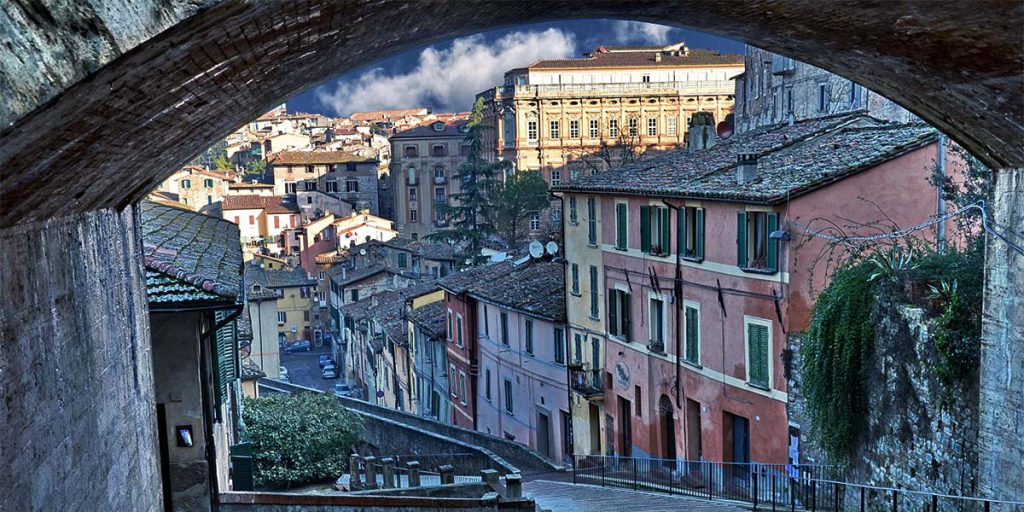Ceramic Design Lamp “Pink-Lamp”
The design of the ceramic design lamp Pink-Lamp was created by merging ancient ceramic processing techniques with 3D design. The aim is to take advantage of the new technologies available without losing the quality and originality of the craftsman’s work.
Ceramic Table Lamps and Lampshades
Ancient Material, Contemporary Design
Ceramics has been well known since prehistoric times and has spread throughout the world due to its unique and advantageous characteristics. PINK-LAMP lamps combine the charm of a timeless material with a line of contemporary style.
Made In Italy Quality
The PINK-LAMP series of lamps are designed, manufactured and packaged in Italy. Having fine-tuned the design and prototyping, skilled artisans’ hands passionately follow each step leading to the final creation of the product: the preparation of the plaster cast, clay casting, firing, glazing, painting and the final second firing.
Customizable for Every Need
Choose every detail and create your own PINK-LAMP! Unleash your imagination and choose the combination you prefer for your lamp. You can vary the type of paint, color and lampshade. The attachments we have adopted also allow you to exchange lampshades while keeping the same lamp.
Environmental Sustainability
The use of a natural material, such as ceramics optimized with prototypes designed to reduce waste, ensures a process that generates minimal impact to the environment. The LED bulbs sold with the product cut electricity consumption by up to 10 times compared to traditional bulbs.
Made in Italy Ceramics & Contemporary Design
The pink-lamp project consists in the production of a series of ceramic table lamps thanks to a collaboration between Maria Antonietta Taticchi’s Materia Ceramica workshop and Benedetti Giacomo (Engineer), who was entrusted with the design and engineering of the piece. Benedetti’s idea was to insert a new step into the fairly crystallized process of traditional clay piece molding that would result in a unique terracotta biscuit with contemporary lines.
Curiosity and the certainty of being in a favorable time for the emergence of new collaborations between the craft sector and new technologies have set the stage for this technological contamination of the traditional ceramics creation process.
The artisan’s passion and experience together with the young engineer’s curiosity and technological knowledge resulted in the desire to create a piece to honor the city of Perugia.
L’Ing. Benedetti decided to draw inspiration from the façade of the Cathedral of San Lorenzo overlooking the famous Fontana Maggiore, the heart of Perugia’s historic center. The front wall of the Cathedral is partially clad in white-pink stone tiles (typical of the Assisi area). The motif created by this cladding provides the texture that characterizes and enwraps the body of our lamps; while the characteristic color of the stone inspired the name given to the project: pink-lamp.
The Prototype and 3D Printing
Having finalized the design of the piece with the use of 3D modeling software, the prototype was printed in PLA using a 3D printer. Polished and refined, the plastic print was then taken to the craftsman who created the plaster cast.
At this stage, digital modeling – thanks to numerical control- made it possible to provide the craftsman with a geometrically perfect piece that would not cause issues during the delicate processing steps. Having obtained the plaster cast, it was then possible to pour the liquid clay and, after drying, bake the piece at 980°; obtaining an original biscotto (terracotta).
The object was then glazed, hand-painted with brushes and paints, and finally fired again in the kiln at 950°.
The lamp was then completed by choosing the lampshade and electrical components (an excellent LED lamp, of course!).
A New Way of Creating
Despite the fact that the market already offers various 3D printers which create clay pieces directly from a digital file, the path taken for the pink-lamp project remains intentionally artisanal: In fact, the traditional production line chosen allowed for the participation of a number of artisans who, in turn, contributed their mastery to the creation of a Made in Italy piece.
For this reason, the initial design and engineering phase did not compromise the creation process of the piece but rather rendered it unique. Direct clay printing, on the other hand, would have eliminated the plaster cast step and the clay casting phase.
The end result was a product with a level of finish that would be difficult to achieve by 3D printers currently on the market.
Moreover, taking into consideration a sample of 50 lamps, the costs incurred with the adopted route resulted in savings ten times as much as would have been spent with 3D printing in clay. The big payoff comes from the fact that a single plaster cast yields more than 50 perfect-for-retail pieces before having to recreate a new cast.







